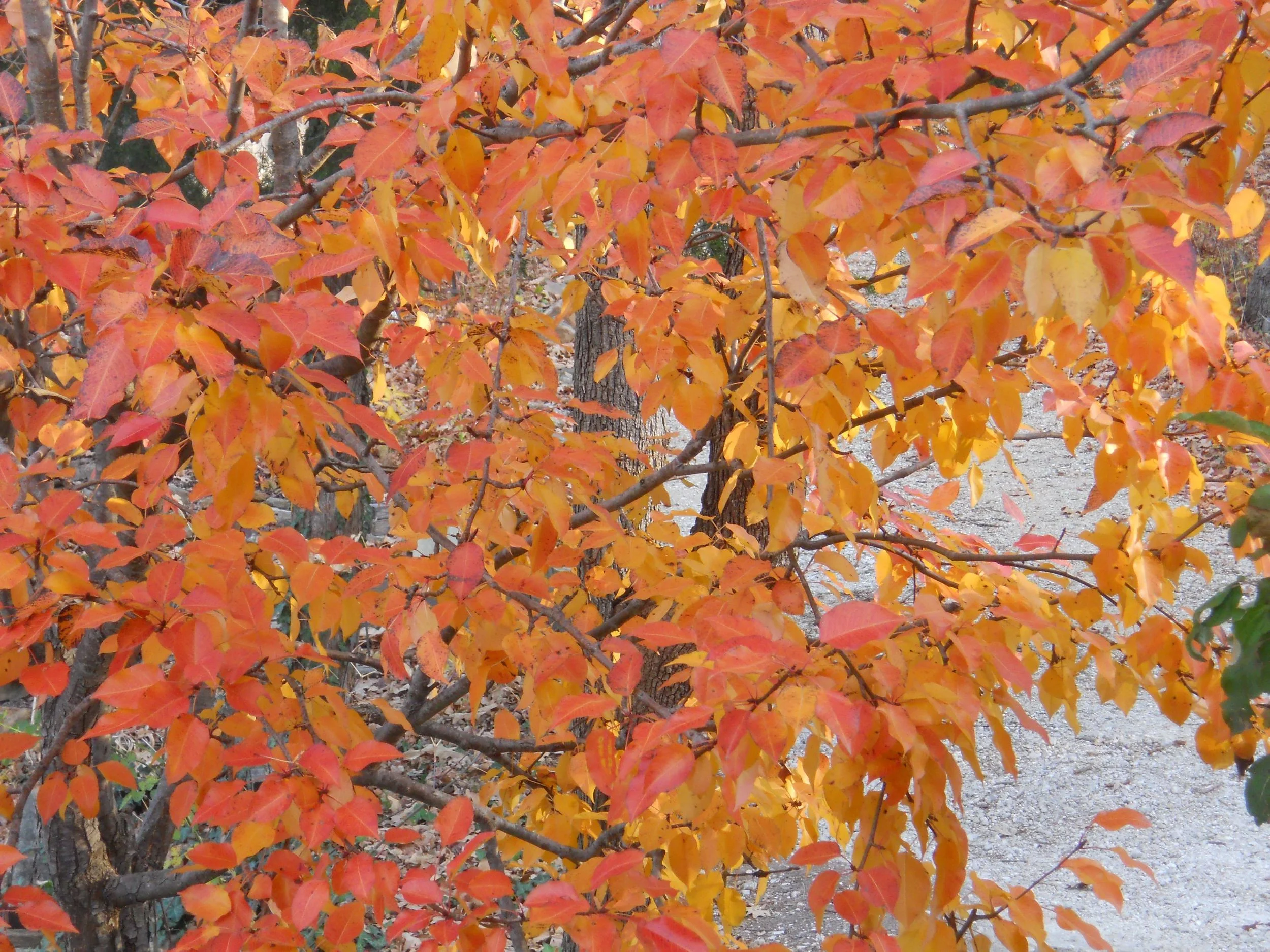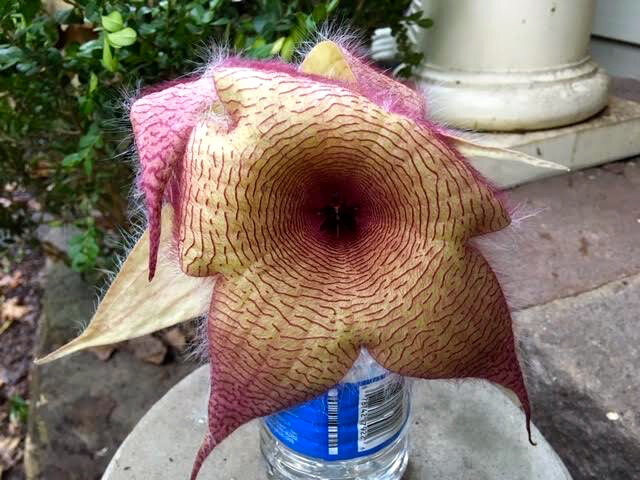Carrion Flowers
/My neighbor Elaine shared a couple of her carrion flowers with me. (Photo by Charlotte Ekker Wiggins)
Carrion Flowers
If you have a ghoulish bent as a gardener, you probably track when botanical garden corpse flowers finally bloom. Those unusual flowers put off a scent similar to that of rotting bodies. Not one of my favorite flowers but I became fascinated when a neighbor shared a couple of her carrion flowers with me.
Carrion flowers (genus Stapelia), include about 44 species of succulent plants of the milkweed family, native to tropical areas of southern Africa. They are named for the unpleasant carrion odor of their large flowers which attracts certain insects to pollinate the plants and lay their eggs there. A few species are cultivated as ornamentals.
The one my neighbor shared with me is one of them. What makes them different?
First, they appear to have fur.
The furry water-collecting aspects of a carrion flower. (Photo by Charlotte Ekker Wiggins)
Secondly, they have a deep center well to collect rain water.
The deep center of carrion flowers collect rain water. (Photo by Charlotte Ekker Wiggins)
Carrion flowers have thick four-sided grooved stems, often coloured or covered with outgrowths.
The plants lack true leaves but have scales or spines.
The flowers have purple, red, or yellow bars and markings and are often hairy or textured. The colors are typical fall leaf colors, similar to the colors some tree leaves turn when autumn comes.
The fruit is a follicle.
The lovely tiny center of a carrion flower. (Photo by Charlotte Ekker Wiggins)
So back to the scent. We may not like how it smells but the plant doesn’t care, they are trying to attract pollinators that will help them reproduce. In the case of carrion flowers, they are after attracting the second largest of the pollinators, flies.
I have one more word to say about this flower. Fascinating!
Charlotte















